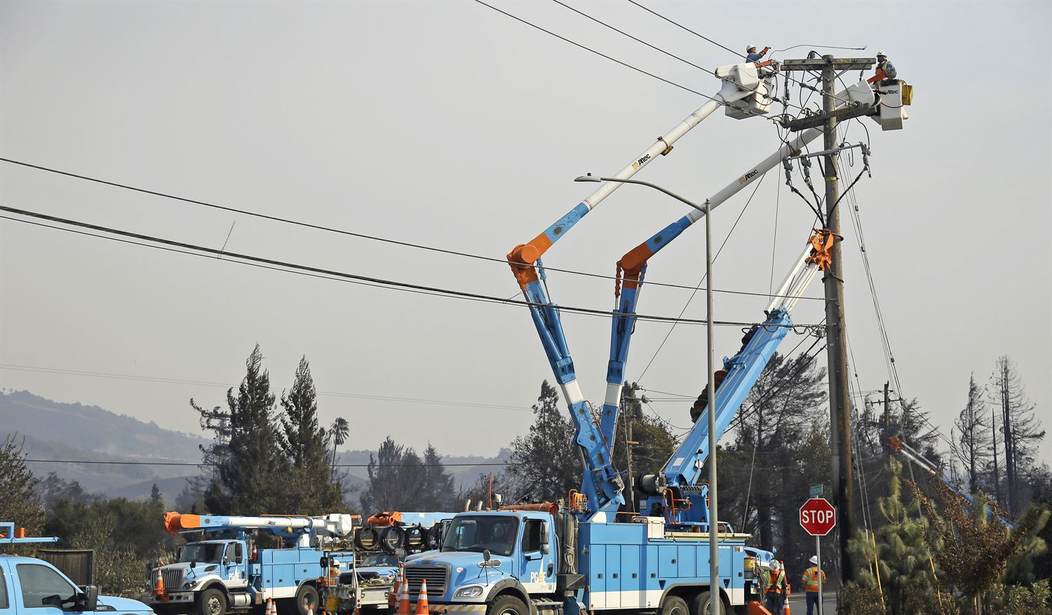California’s electricity rates have been the highest in the contiguous US for a while now (only Hawaii has higher rates). The rates in California are about double the average in the rest of the country and are still going up. California is run solely by Democrats and the Public Utilities Commission has been totally on board with raising rates, six times this year.
Pacific Gas and Electric on Dec. 19 received its fifth and sixth approvals for rate increases for customers in 2024.
The California Public Utilities Commission’s decision to green-light the rate hikes — slated to hit customers’ bills next year — marked a record-breaking number of increases in what has been a record-breaking year for PG&E.
According to regulators, average PG&E bills swelled 56% over the last three years.
PG&E had profits in 2023 of $2.24 billion, a 24% increase from the previous year, and is on track to earn more in 2024.
PG&E, one of three big regional electric utilities in California, says rates are down 4.5% this month compared to January. That’s true but only because the PUC passed a new billing plan midyear which lowered rates overall while raising them on the state’s higher income customers. Also, that 4.5% decrease will be mostly wiped out by the next rate hike which takes effect Jan. 1.
The utilities are now promising that 2025 rates will still be in line with the start of 2024 but that doesn’t include a big increase coming for natural gas.
“We’ve heard from our customers that this is a major concern for them,” said Lynsey Paulo, a spokesperson for the company. “We understand that, and we’re taking a lot of different steps and a lot of different actions to try to stabilize bills for customers.”
In its end-of-year rate update, PG&E representatives said combined electricity and gas customers would see a 1% higher bill on Wednesday compared to last January 1. Enrolled customers of a low-income program would see a $1.50 a month decrease.
Residential gas rates, however, will increase by 8.6% starting in January as the utility replaces old pipelines.
So to sum that up, some low income customers will save about $13 a year, assuming they don’t also have a gas furnace, range, dryer or water heater. If they have any of those things, they can kiss the meager savings goodbye along with everyone else. […]
- — Read More: hotair.com




